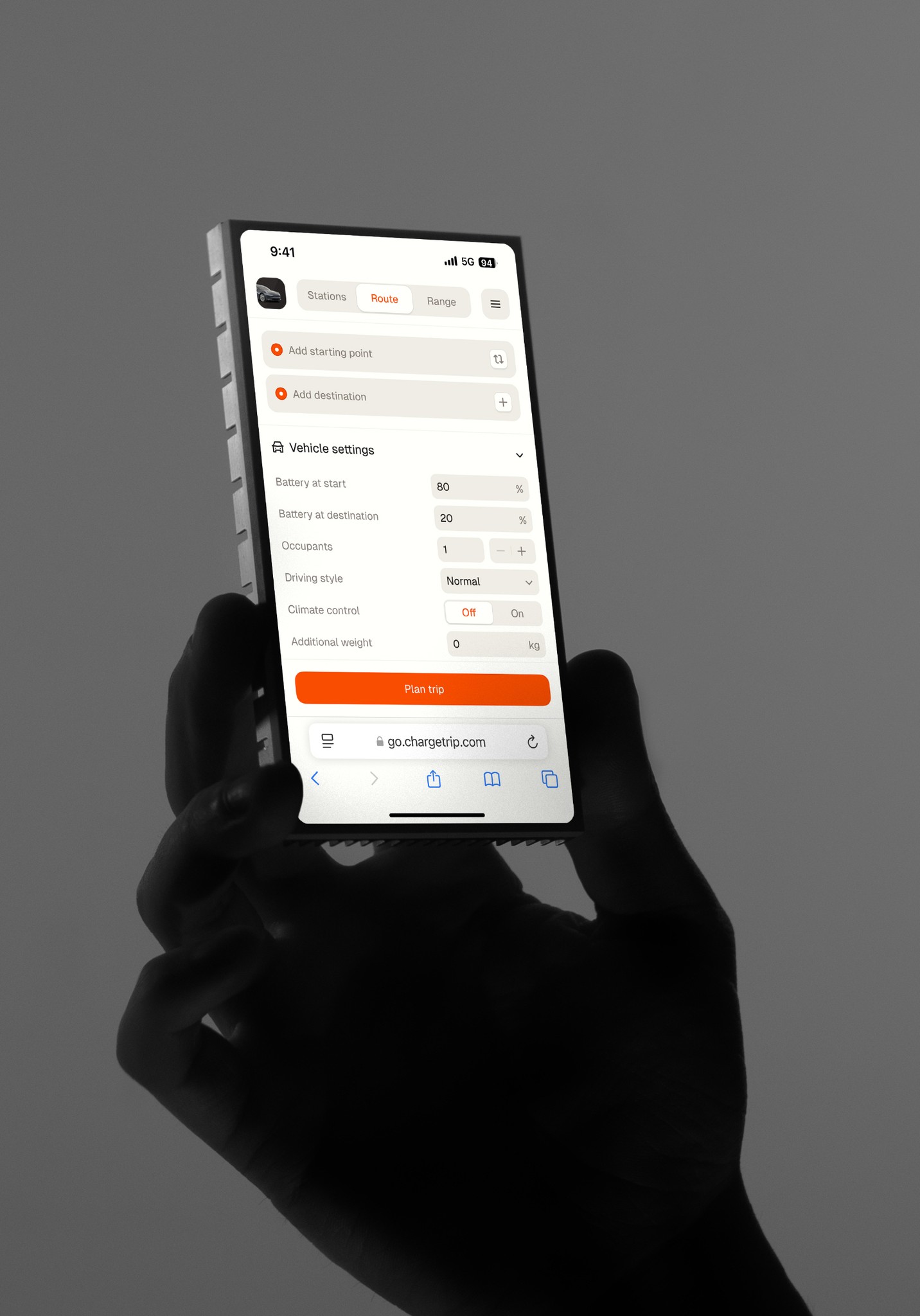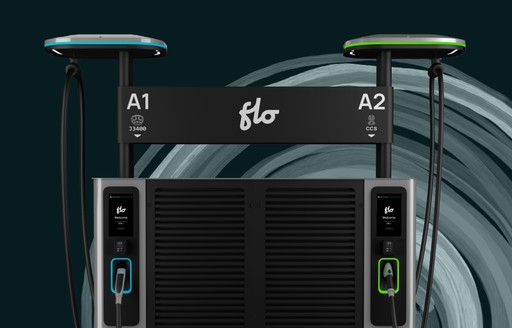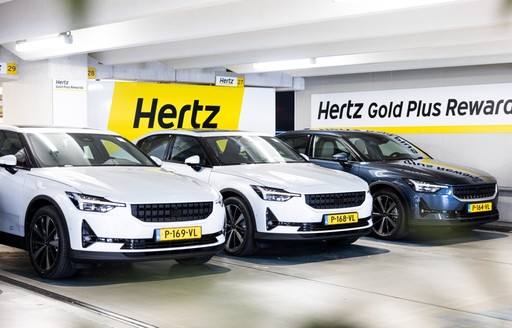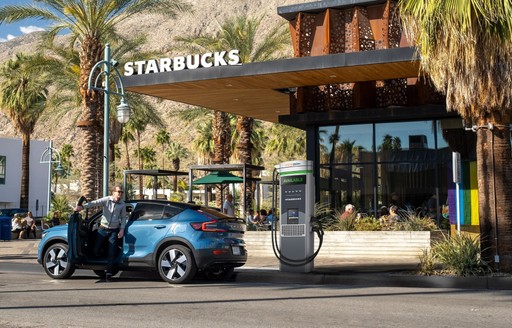You may have seen CT Real Range values displayed within our No-Code Solutions and wondered where they come from. Rather than just displaying the WLTP range values for vehicles in the Chargetrip vehicle database, we develop our own CT Real Range values that better reflect the reality and variation of vehicles’ range. Here’s how we do that and how it varies from WLTP.
What is the ‘Range of an EV’?
The ‘range of an EV’ is the distance you can drive on a full charge. It is affected by several factors such as driving speed, acceleration, temperature, road type, wind, elevation, HVAC settings, number of passengers, cargo load, etc.
For a given origin and destination, all the dependent factors can be measured or estimated, allowing us to make an accurate prediction of the range. However, generalizing the range as a single number for all scenarios is tricky, because the dependent factors vary with geography and user.
How can we generalize the range of an EV?
Consider a Volkswagen ID4 with a 77kWh battery. What is the range of this ID4? You can see in Image 1 that at a constant speed of 25kmph the car can drive approximately 1086kms, and at a constant speed of 150kmph it can drive 234kms. Which speed should we consider to represent the average range? Taking it a step further; is constant-speed a realistic representation of range? Because a real driving scenario also has acceleration-deceleration phases.

Image 1
WLTP as a generalized approach
OEMs have adopted the Worldwide Harmonized Light Vehicle Test Procedure (WLTP) as a standard and enforced by the law in the European-Union. The WLTP drivecycle (WLTC), shown in image 2, contains low-speed, medium-speed and high-speed segments, acceleration-deceleration phases and stop-go instances, in the attempt to capture realistic driving behavior. The procedure is performed in a laboratory where the car is put on a dynamometer or ‘dyno’ and a trained driver follows the speed profile of the WLTC (image 2). The conditions are set by the WLTP protocol. The temperature is 25c with no elevation changes and the HVAC is turned off.

Image 2
Why use CT Real Range instead of WLTP?
For starters, the WLTP procedure is performed only as a summer scenario at 25c and not for colder conditions. Additionally, the HVAC is turned off for the WLTP procedure and it is evident from gathered data that the HVAC is turned on for the majority of trips regardless of the outside weather.
Chargetrip addresses both of these WLTP limitations by adding a winter scenario at 0c and turning on HVAC for both scenarios. More importantly, Chargetrip swaps the WLTC for the Common Artemis Driving Cycle (CADC). The CADC, shown in image 3, is based off a large database of actual driving data, making it more representative of real-world driving than the WLTC. As a result, the CACD acceleration-deceleration phases have a lot more variance, as shown in image 4.
Chargetrip takes additional conditions into account as well, accounting for a maximum of 0.2g deceleration for regenerative braking and limiting the drivecycle speed to the maximum speed of each vehicle. Therefore, for a vehicle with the top-speed of 120kmph, the CADC-Motorway segment is simulated with a maximum of 120kmph.

Image 3

Table 1

Image 4
Using CT Real Range
You can make use of CT Real Range in a couple of different ways to help give your drivers the most accurate range estimates. The first is through the Chargetrip API. You can choose to display CT Real Range in your application within a vehicle list. The second is through Chargetrip No-Code. With a Chargetrip No-Code solution, you will have a full vehicle list complete with CT Real Range in vehicle details.
Technical Note*
Even with the improved CADC approach, Chargetrip range is an estimate and therefore still only an indication of a vehicle's real-world range.
These range estimates are not used in route generation because the properties of the route (origin, destination, date-time, etc) are known. As mentioned in the beginning of the article, when we have all the dependent factors, the actual range can be calculated. This means that Chargetrip’s calculations for a given route can be very precise.






























